Dear readers, With the launch of e-newsletter CUHK in Focus, CUHKUPDates has retired and this site will no longer be updated. To stay abreast of the University’s latest news, please go to https://focus.cuhk.edu.hk. Thank you.
From Scholar to Curator to Dean
Max Xiaobing Tang talks about his first year as Dean of Arts
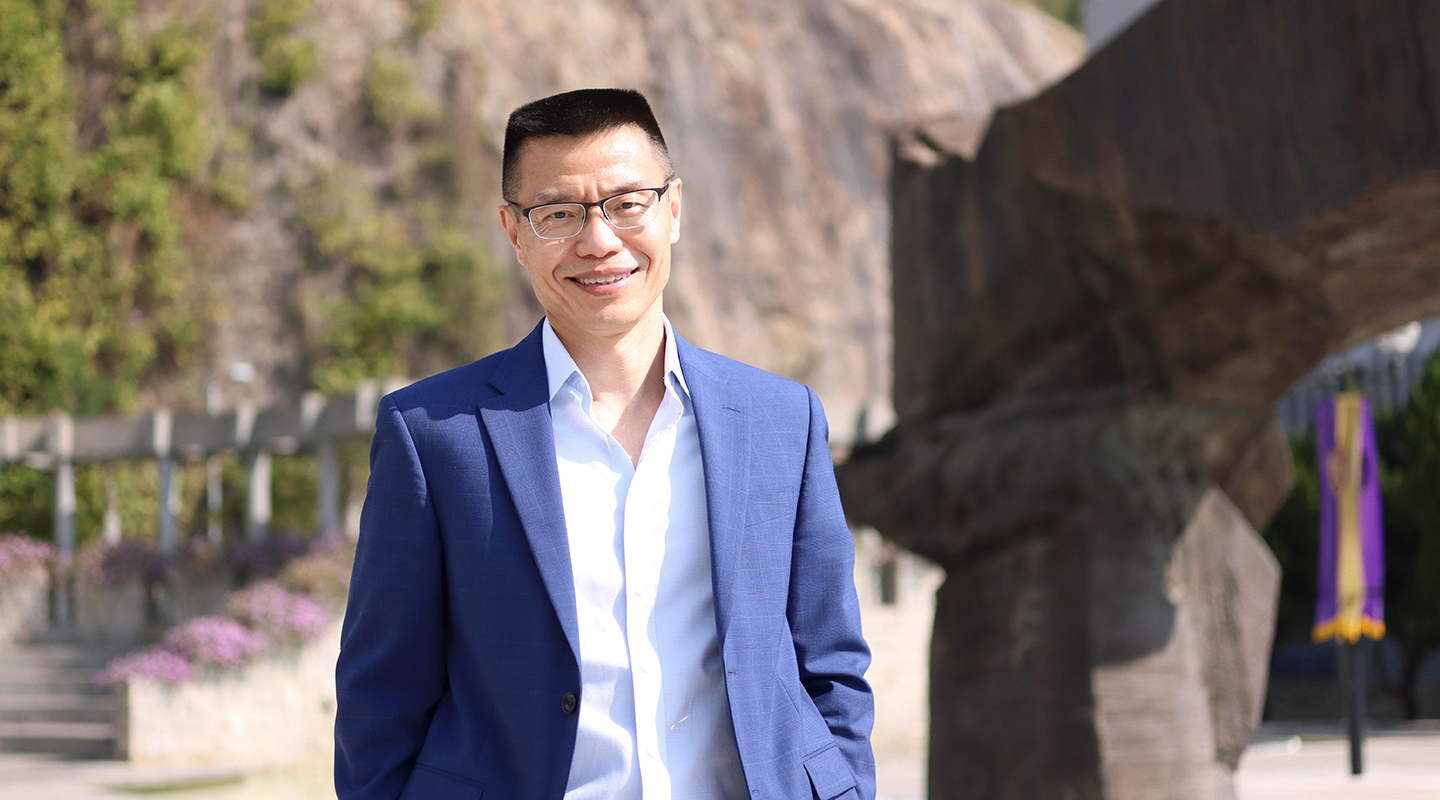
A native of Shaoyang, Hunan, Prof. Max Xiaobing Tang was the top scorer in the arts stream in his province when he took the gaokao (national comprehensive university entrance exams) in 1980. With that distinction he went to Peking University as an English major and studied comparative literature. He then did his PhD in literary studies at Duke University in the US, concentrating on European and American literature, but wrote his dissertation on Liang Qichao (1873–1929), a major intellectual figure and a prolific writer in the final years of the Qing dynasty.
After obtaining his PhD degree in 1991, Professor Tang began teaching at the University of Colorado, Boulder. That was the beginning of his almost three-decade-long career as a scholar in modern Chinese literary and cultural studies. Over the years, he taught at four different American universities, including the University of Chicago and the University of Michigan, Ann Arbor, where he held an endowed professorship from 2008 to 2019. Professor Tang is the author of many books published in both Chinese and English. His research interests cover a broad range of fields, from modern and contemporary Chinese literature, literary theory, visual culture, to art history and sound studies.
While teaching at the University of Southern California in Los Angeles and then at the University of Michigan, he served as department chair and associate chair, respectively, and assumed some other leadership roles. He regards those as good learning experiences that let him see at close range how a university works.
In September 2019, Professor Tang was appointed Dean of the Faculty of Arts at CUHK after an extensive international search. He took the position because, as he put it, ‘I think I had reached a point in my academic career where a new challenge was exciting. Being in Hong Kong and close to China was very attractive to me, too.’
As can be imagined, the move from Ann Arbor to Hong Kong, from a primarily academic position to administration, meant a major switching of gears. When he arrived, Professor Tang took time to learn about the Faculty of Arts and to hear from as many constituents as possible. He visited all the departments and units in the Faculty to meet the close to three hundred academic staff members.
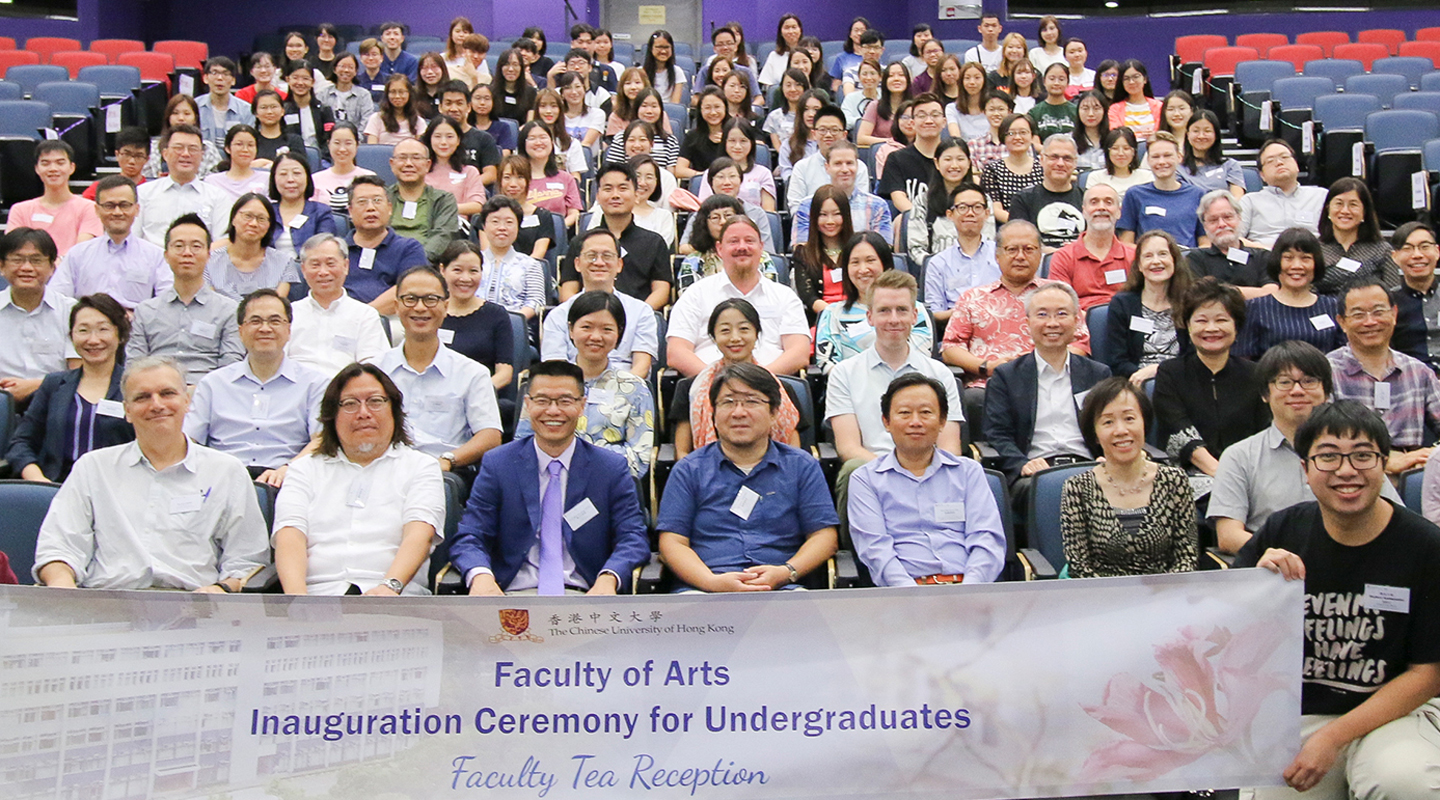
In the course of his first year as Dean, Professor Tang introduced changes on different levels. One programmatic initiative that he oversaw is the call for interdisciplinary collaborative teaching. The programme supports faculty members from different departments or units to work together and develop introductory undergraduate courses that are co-taught by two instructors. The goal is to present up-to-date humanities scholarship and stimulate exchanges among academic fields. The first two such courses, one on music and philosophy and the other on the Anthropocene and the environment, will be offered in 2021–22.
When the COVID-19 pandemic shut down the campus, the Faculty of Arts, under the leadership of Professor Tang, presented an online public lecture series in April and May. Then in the first term of 2020–21, the Faculty launched the ‘Arts and Humanities Conversations at CUHK’ series, again via Zoom. ‘I was very impressed with the enthusiasm from our colleagues when I extended the invitation,’ said Professor Tang. Because of the many proposals from faculty members, the series is expected to continue into 2021–22.
An area severely affected by the current pandemic as well as the social unrest last year is the enrolment of international students in various programmes. ‘This will take some time to recover, but we will be proactive as well as creative in reaching out and presenting new opportunities.’ One effort, according to Professor Tang, is to invite well-known scholars and artists from abroad to further enrich the curricula and campus activities in the coming year.
As for placement of graduates, it will always be a challenge, and Professor Tang is keenly aware of the need to provide assistance, especially in the current situation: ‘This is certainly on our agenda. We are exploring various possibilities to help our students find employment upon graduation. We are working closely with relevant University offices to see what we can do.’
When talking about his own scholarly work, Professor Tang admitted that it is on hold for now, because the time he has is too fragmented to allow him the kind of concentration needed for research and writing. However, he has been working on a translation project over the past year. ‘I decided to make use of the bits and pieces of time I have by translating contemporary American poetry,’ he said with obvious satisfaction. ‘I wrote poems in my college days and have taught poetry many times as a professor.’ He expects to publish a collection of translated poems in Shanghai in the near future.
Another interest that Professor Tang maintains is in visual arts, specifically the art of printmaking. This interest dates back to his childhood passion for drawing and painting. As he recounts in his book Origins of the Chinese Avant-Garde: The Modern Woodcut Movement (University of California Press, 2008), ‘the almost visceral appeal of a drawing in charcoal or of a textured oil painting has never stopped exciting me.’
In 2008, already a full professor, he spent eight weeks in Hangzhou studying the art of printmaking at the China Academy of Art. It was for him a most enjoyable and memorable experience. He recalled with relish: ‘It was so much fun being a student again, and studying something entirely new.’ One result of his stay in Hangzhou was a large-scale exhibition of contemporary (2000–2010) Chinese woodblock prints that he curated—‘Multiple Impressions’—at the University of Michigan Museum of Art in 2011.
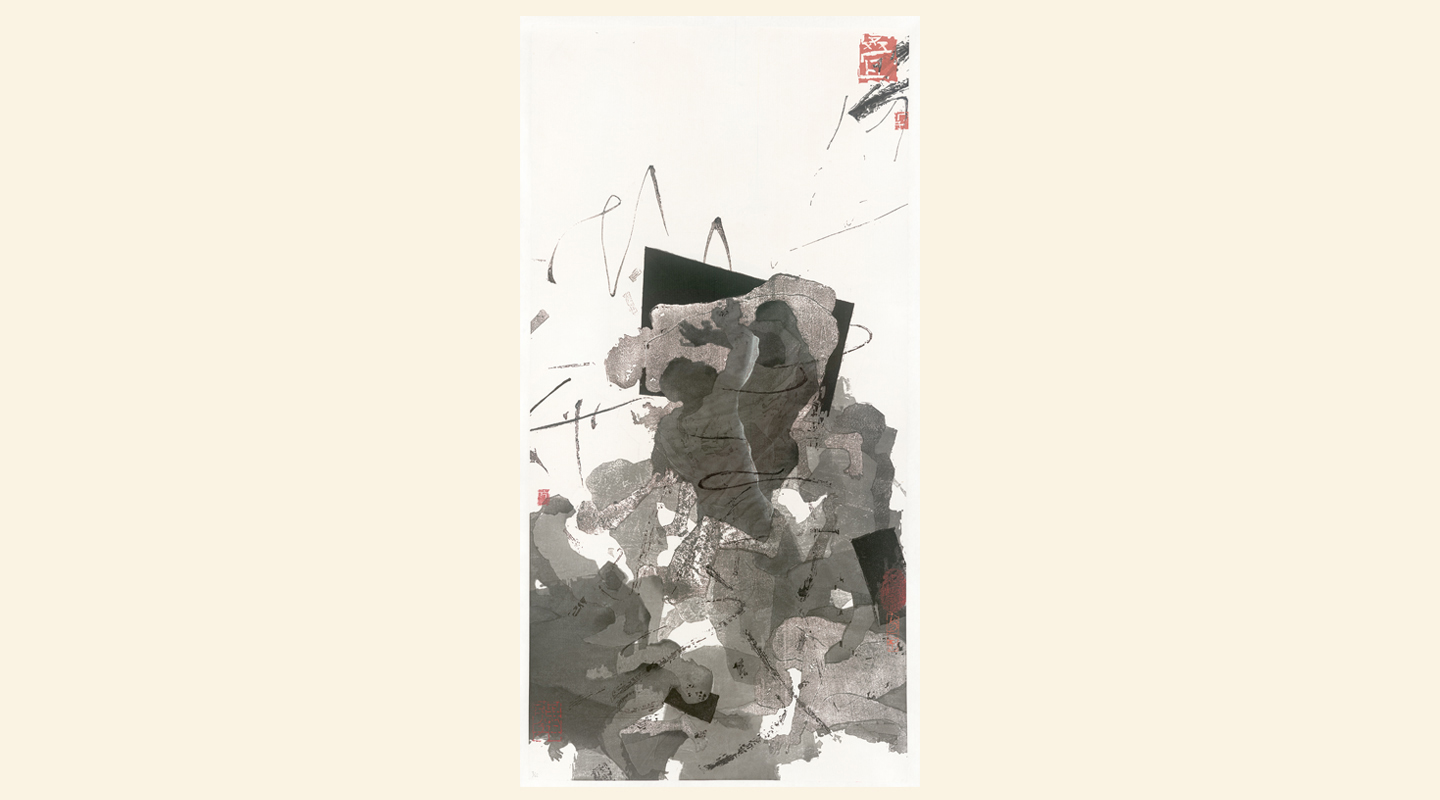
The success of the 2011 exhibition, and the gratification it brought, led to another project that was over six years in the making. This past summer, an exhibition that Professor Tang has curated was set to open in Hangzhou, this time of the works of a contemporary American printmaker, Endi Poskovic (b. 1969), but because of the pandemic, the exhibition had to be postponed till 2022.
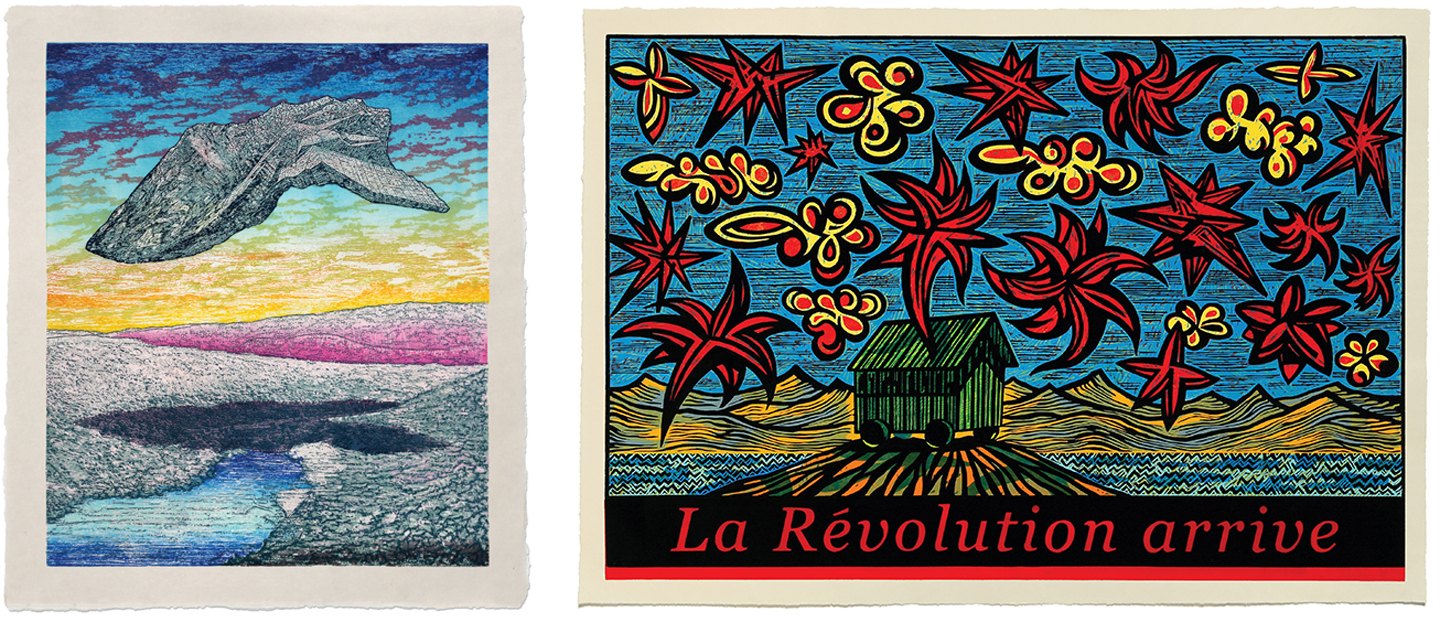
At the end of our interview, Professor Tang said that CUHK has a special significance for him. The very first international conference that he ever attended, in 1986 and as a graduate student, was jointly hosted by CUHK and the University of Hong Kong. That was when Professor Tang made his first visit to Hong Kong, during which he stayed on CUHK campus. Then in 1992, he attended another memorable conference organized by the Institute of Chinese Studies. ‘Now I realize that CUHK was about twenty years old when I first came to visit it in my own twenties,’ he says. ‘Being on campus brings back fond memories.’
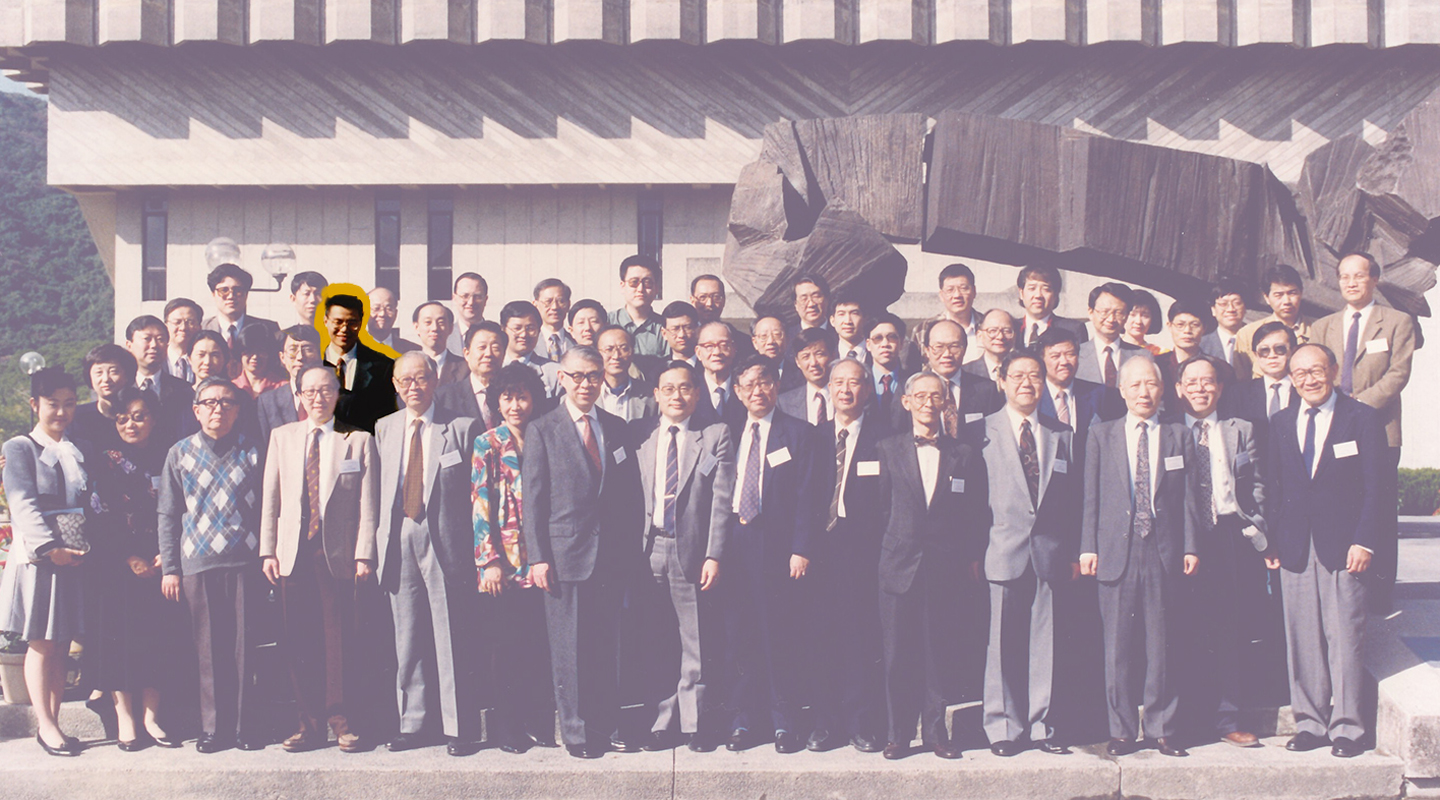
(All pictures in the articles are provided by Prof. Max Xiaobing Tang)
As told to tommycho@cuhkcontents